Cargando...
Recursos educativos
-
Nivel educativo
-
Competencias
-
Tipología
-
Idioma
-
Tipo de medio
-
Tipo de actividad
-
Destinatarios
-
Tipo de audiencia
-
Creador
Lo más buscado
- Repaso de números
- Música digital
- matemáticas primaria
- Salidas escolares
- Ejercicios de signos de interrogación
- Aparato reproductor femenino
- La industria alimentaria
- Guía interactiva
- Matemáticas divertidas
- Carnaval
- Experimentos naturales
- Arte paleolítico
- Verbo y predicado
- Plantillas de letras
- Escritura pautada
-

Matter and Materials
EduBook Organización
- 1 lo usan
- 16007 visitas
All objects around us are made of matter. Matter is anything that occupies space. We find matter in three different states: solid, like ice, liquid, like water, and gas, like water vapour. We can make…
-
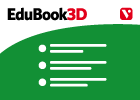
-
Final self-evaluation 13.01 - Cities and Urban Areas
EduBook Organización
- 5373 visitas
Are the following statements true or false?: The number of inhabitants is a factor used to define a city. Capital cities are made up of two or more metropolitan areas that together form a continuous…
-
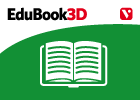
Alexander the Great's empire
EduBook Organización
- 5307 visitas
5.1. The kingdom of Macedonia and Alexander the Great Macedonia in the north of Greece was governed by a monarchy. Its king, Philip II, conquered many Greek cities in the 4th century BC. Philip had a…
-
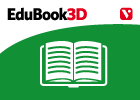
Everyday life in Ancient Egypt
EduBook Organización
- 5285 visitas
3.1. Villages and cities Most people were peasants who lived in small villages on the banks of the Nile River. The common people and peasants lived in simple houses. At first they were made of straw and…
-
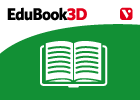
Mesopotamia, the land between two rivers
EduBook Organización
- 5199 visitas
1.1. The first city-states The first urban civilisations appeared in the 4th millennium BC in Sumer (Lower Mesopotamia), in the fertile plains between the Tigris and Euphrates rivers. The first…
-
True / false. Cave art
EduBook Organización
- 5006 visitas
Which of the following statements about cave art are true or false?: Cave art gets its name from the paintings found on the walls of caves. All prehistoric cave art was monochrome, in other words, in…
-
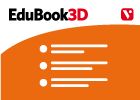
-

Self-evaluation 8 - The legacy of classical culture
EduBook Organización
- 4465 visitas
Which aspect of the classical legacy do the following statements refer to?: They were often very realistic and used the fresco technique. They had a rectangular base, with the cella in the centre where…
-
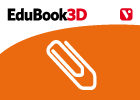
The discovery of antibiotics
EduBook Organización
- 4329 visitas
In 1928, Alexander Fleming, a Scottish doctor working in a hospital in London, discovered the first antibiotic by accident. Fleming was studying cultures of Staphylococcus bacteria, which he was growing…
Te estamos redirigiendo a la ficha del libro...












